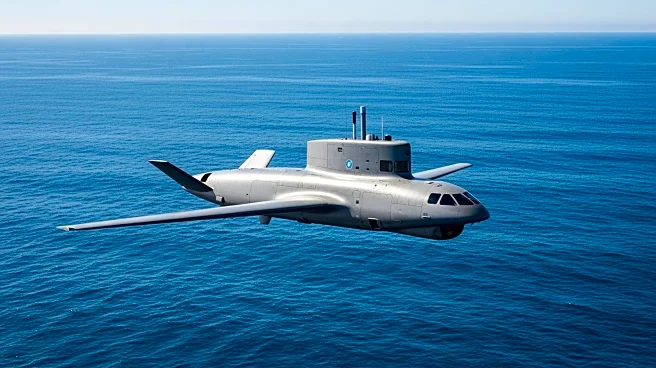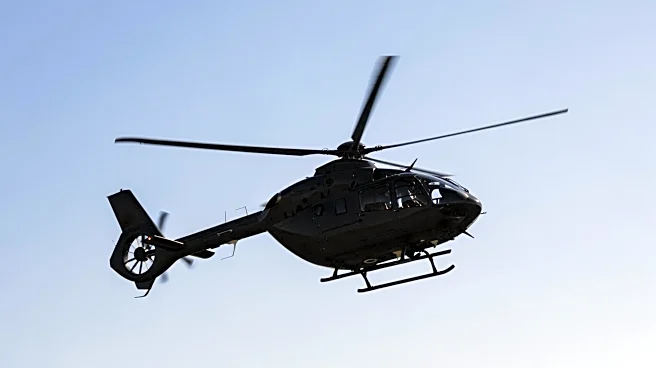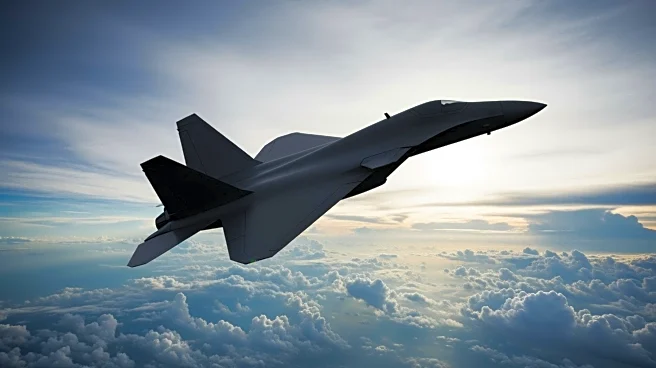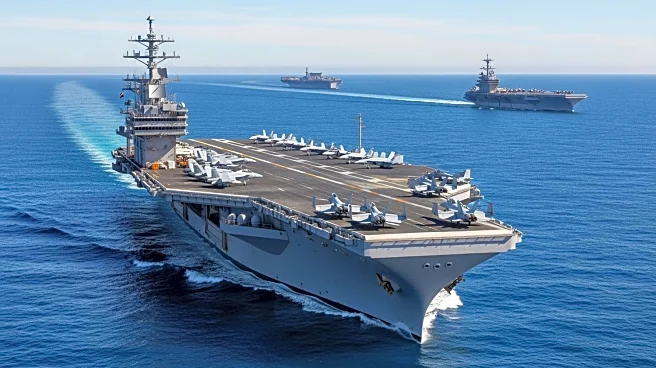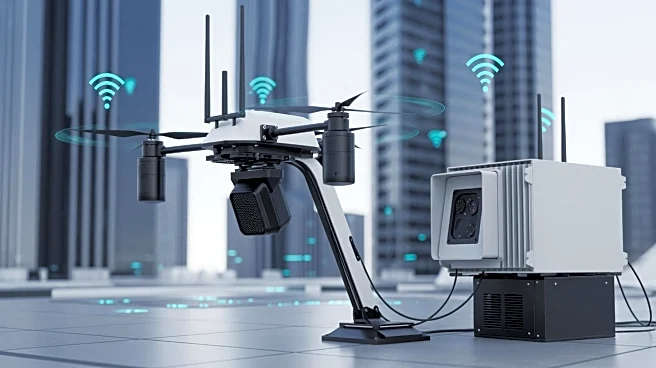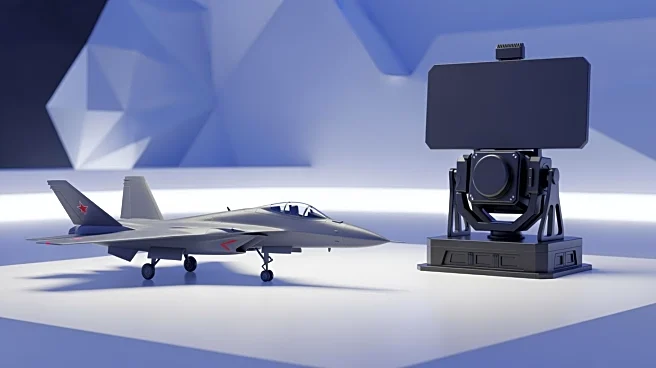What's Happening?
Germany has received the first of eight P-8A Poseidon aircraft, designed for submarine hunting and marine surveillance, to bolster its naval capabilities. The aircraft will operate from bases in the U.K.,
Norway, and Iceland, enhancing Germany's ability to monitor the North Atlantic for Russian submarine activity. The P-8A Poseidon, manufactured by Boeing, replaces Germany's aging fleet of Lockheed P-3 Orions. The introduction of this aircraft is part of Germany's strategy to increase its presence and cooperation with NATO allies, including Canada. The Poseidon is equipped with advanced sensors and software, offering significant upgrades over previous models.
Why It's Important?
The deployment of the P-8A Poseidon aircraft marks a significant enhancement in Germany's maritime defense capabilities, particularly in the strategically important North Atlantic region. This move strengthens NATO's collective security efforts, ensuring better detection and deterrence of potential threats from Russian submarines. The interoperability of the Poseidon with other NATO forces facilitates coordinated operations and intelligence sharing, reinforcing the alliance's defense posture. The aircraft's advanced technology and maintenance compatibility with civilian contractors offer operational efficiency and cost-effectiveness, benefiting Germany's defense budget and strategic planning.
What's Next?
Germany plans to receive seven more P-8A Poseidon aircraft, with two expected to arrive soon. The Bundeswehr is considering expanding its fleet with four additional aircraft, potentially increasing the total to 12. As crews continue training and integrating the Poseidon into active service, Germany will focus on optimizing its surveillance operations and strengthening ties with NATO allies. The ongoing modernization of Germany's naval capabilities may lead to further investments in advanced defense technologies, enhancing its role in regional security and global defense initiatives.
